From Bottoms to Brother, here are 10 of the best films flying the flag for gay rights – and wrongs – this year
“Giving [characters] this burden of righteousness can also be dehumanising in a way,” says the director of Joyland, one of the year’s most moving films about queer life. In the spirit of this, the best LGBTQ+ films of the year embrace flawed individuals, celebrating the full spectrum of queer experiences and depicting LGBTQ+ characters in all their messy humanity. From lesbian fight clubs to eco-warriors, from chaotic serially cheating artists who wear a lot of mesh to arms dealers, 2023 was all about celebrating gay wrongs as well as gay rights.
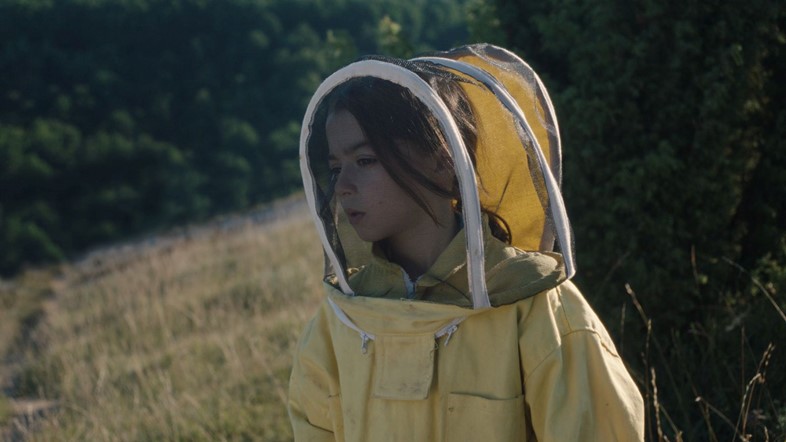
20,000 Species of Bees
During a hot summer holiday in a rural conservative area of Spain, a mother and her children go through a period of growth; the focus is on eight-year-old Lucía, who has been attempting to communicate and establish her gender identity. The film portrays this journey compassionately, not compromising on the fact that Lucía knows exactly who she is, but also extending grace to her mother Ane, who is trying to find her own artistic calling and understand her daughter, all while caught between conservative family members like her mother and husband, and her much more open and welcoming aunt, who takes Lucía under her wing as an apprentice beekeeper.
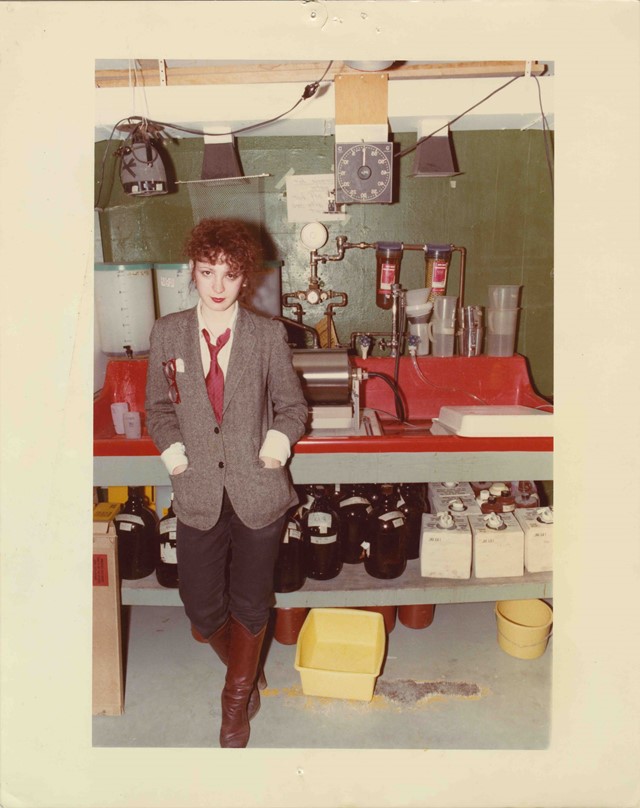
All the Beauty and the Bloodshed
Nan Goldin’s deeply moving biographical portrait weaves between her painful upbringing, her time as a photographer documenting the burgeoning queer scene in New York in the 1980s, and her present-day war on the Sackler family, whose pharmaceutical empire enabled the opioid epidemic and killed nearly half a million Americans. Director Laura Poitras observed that “Nan was an artist who, because of circumstances, was pushed into the public realm, or pushed into a political context”, and by juxtaposing her fight against the Sacklers with her documentation of the Aids epidemic, the film explores this relationship between her role as artist and as activist in a way that is both emboldening and heartbreaking.
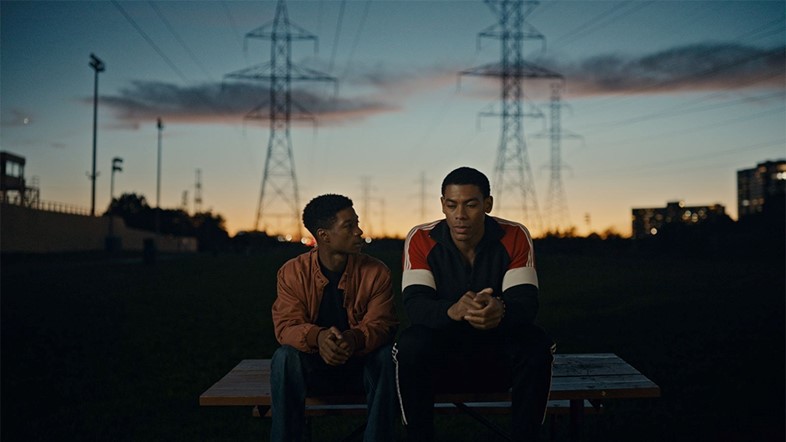
Brother
Following two brothers living in Canada, this tender and heartbreaking adaptation of the multi-award winning novel by David Chariandy alternates between different time periods in the boys’ lives to explore their relationship as they navigate queer identity, Black life in Canada, police brutality, familial strife, and more. Clement Virgo, the film’s director, found that in making the film, he “wanted to centre their experience and focus on that, as opposed to having their lives be defined by … the dominant culture around them”. The result is a profound coming-of-age meditation on brotherhood, the nature of memory, and grief.
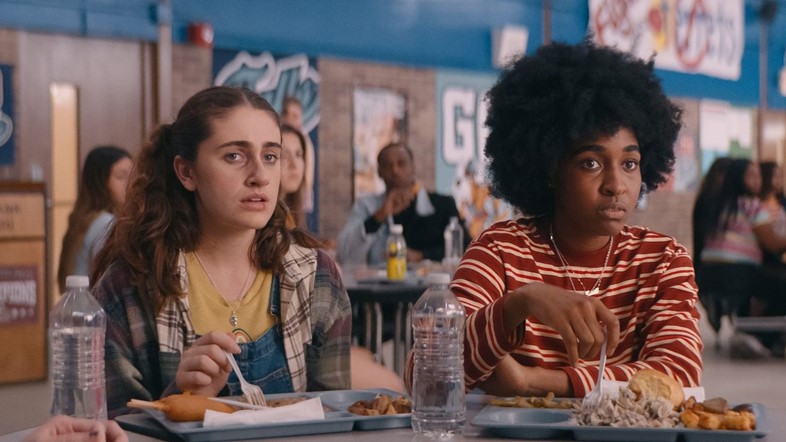
Bottoms
If Emma Seligman’s debut feature, Shiva Baby, was a tightrope act in balancing hilarity with tension rivalling a horror film, her follow up Bottoms takes the same approach of mixing genres; it’s an absurdist teen sex-comedy about two lesbian best-friends who set up a fight club in their high school to try and lose their virginities to cheerleaders. The joke density breaks scientific laws and “violence and horniness” are on full display. Although Ayo Edebiri and Rachel Sennott are the mainstays of this surreal and bizarre film, Ruby Cruz is a particular standout in her supporting performance as Hazel, the pyrotechnics enthusiast with a heart of gold.
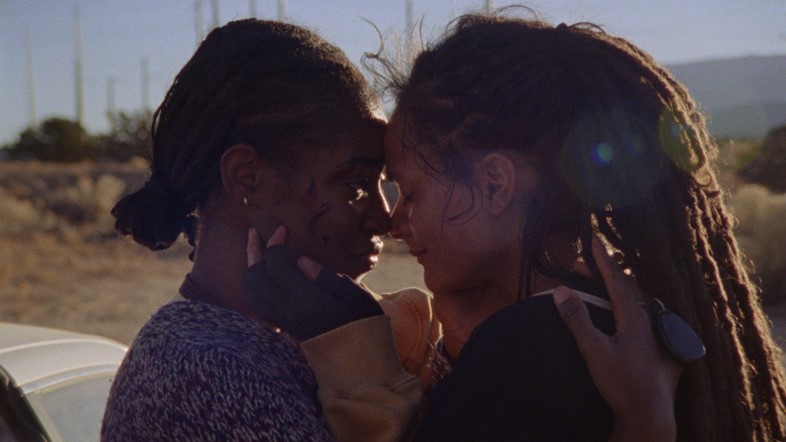
How to Blow up a Pipeline
Adapted from a bold manifesto for direct action as a vital component of climate activism, the film takes the same stance through a fictional lens as the characters embark on a thrilling mission of eco-sabotage. Goldhaber, the director, wanted to make the call to action “entertaining, while not compromising on the ideas at the centre of the movie”. Although the film is a high-wire act of heist-related tension, a queer relationship becomes the focal point; Theo is a devoted member of her activist group whereas her girlfriend, Alisha, is a reluctant participant, and their dynamic provides both an intellectual and emotional grounding for the radical ideas that the film espouses.

Joyland
Despite its title, Joyland explores the “breadth of human experience”, from joy to tragedy. Haider, a man living in Lahore, has been stuck in unemployment and living under the oppressive patriarchal eye of his father, until he takes a job as a backup performer for Biba, a trans erotic dancer with whom he gradually grows closer. The film doesn’t limit itself to one perspective: members of Haider’s family such as his wife, Mumtaz, are given equal depth and nuance as they navigate feelings of isolation and freedom in Pakistani society, making the film as much of an ensemble as its dizzying, sweaty, glittering dance sequences.
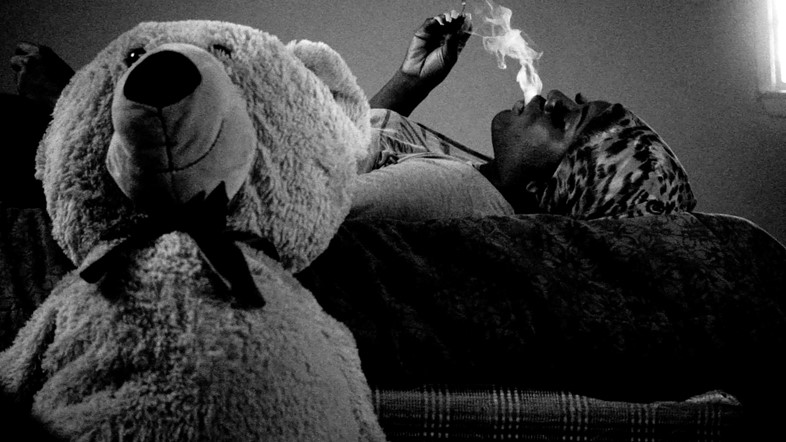
Kokomo City
This propulsive series of conversations with Black trans sex workers in New York and Georgia contains tongue-in-cheek needle drops and eye-catching animations as the women reflect to the camera about their experience of identity, gender and labour. Director D Smith, a Grammy-award-winning music producer, asserts that her feature film debut is “not just an LGBT story. This is a Black story, about Black people”, and it’s this intersectionality that lends the narrative its dynamism, as the perspectives of men reckoning with learned transphobia and toxic masculinity are woven in, the humorous tone not compromising the film’s genuine sincerity.
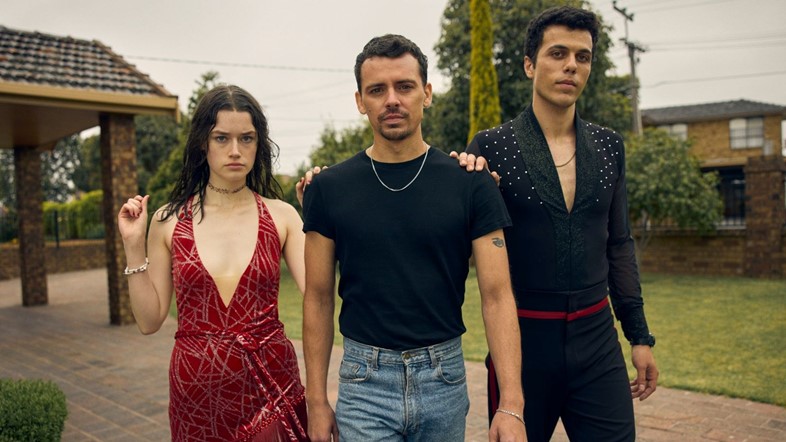
Of an Age
Set just before the advent of the new millennium, 17-year-old Serbian dancer Nikola tries to track down his best friend Ebony, enlisting the help of Ebony’s older brother, Adam, who is on the cusp of leaving their hometown. Over the course of the film, erotic tension builds between them; it’s shot almost entirely in close-up, every emotion more visible than their pores, and mostly in the confines of car-rides. This bittersweet period piece evokes what Macedonian-Australian director Goran Stolevski calls “nostalgia for a certain moment that’s both happy and sad at the same time”; this is evident in the characters’ palpable sense of longing that practically seeps through each frame.
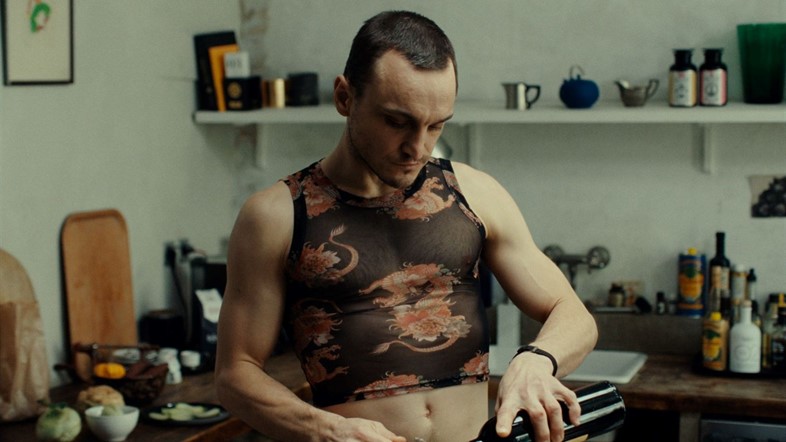
Passages
Passages, a modern-day spin on 1976’s aristocratic L'Innocente, flips the gender dynamics by honing on a gay artist couple living in Paris; Tomas, a filmmaker, has an affair with schoolteacher Agathe, much to the consternation of his long-term partner, Martin. The elaborate costuming (some of which was intended as pure “provocation” by the costume designer), glorious interiors, lavish meals, and expanses of skin, all serve to highlight the film’s obsession with surface. Tomas embodies this superficiality as he indulges in increasingly self-destructive behaviour, and while Martin and Agathe grasp for intimacy without toxicity, he chaotically flits between his lovers with comic and high-blood-pressure-inducing levels of apparent indecisiveness.
Return to Seoul
In Return to Seoul, Freddie, a bisexual French-Korean adoptee, finds herself in her birth country after a travel mishap, and spontaneously decides to track down her biological parents, leading her on a geographical and emotional journey as she attempts to learn where she fits into this new culture and redefine her sense of self. Sporting an iconic futuristic leather jacket, Freddie was envisioned as a “mix of Furiosa from Mad Max: Fury Road and Carrie-Anne Moss from The Matrix”, conveyed through first-time actor Park Ji-min’s revelatory performance which delves into the character’s vast capacity for aggressiveness, sexuality, grief, cruelty and yearning.
